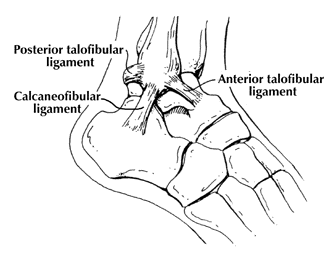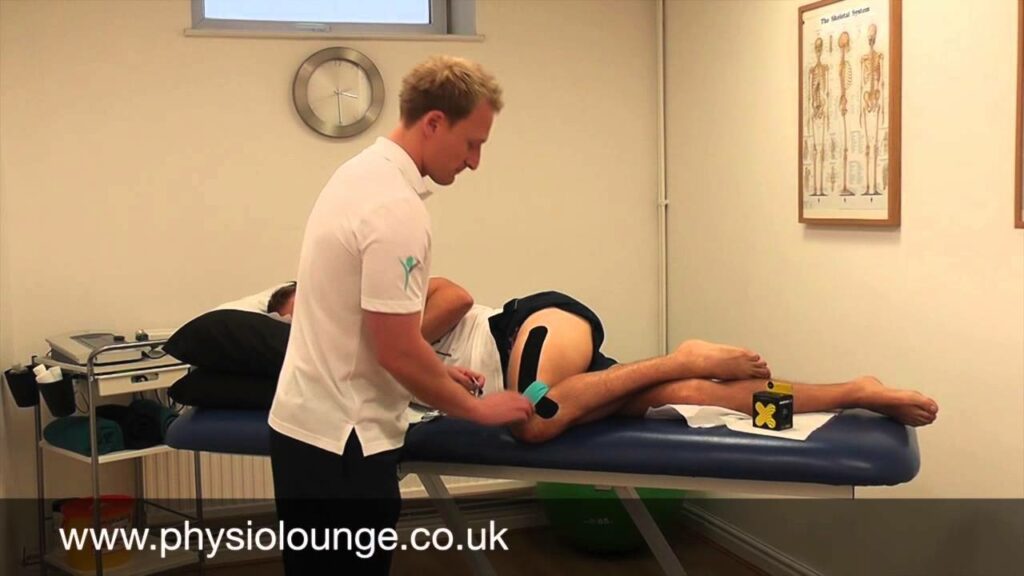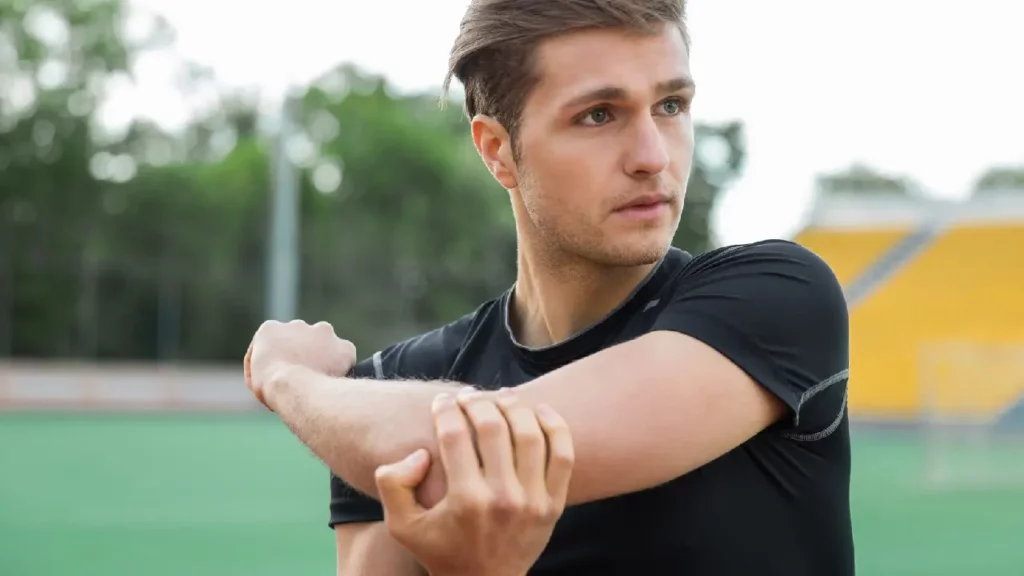Behold…..the Cankle!

The Cankle is a phenomena that occurs when the calf seamlessly merges into the ankle for all sorts of reasons, but often swelling (this is by no means acceptable medical terminology 🙄). However, this level of swelling at the ankle is not uncommon when injuring the ligaments around the ankle. Ankle sprains are a very common injury. Particularly in sports involving a lot of cutting, turning and twisting. Ankle sprains can also be a source of frustration due the frequency of re-injury. We’re going to talk about the most common type of ankle ligament injury…the lateral ligament complex sprain.
What does a lateral sprain mean?
A ligament is a connective tissue that attaches from one bone to another. It’s job is to stabilise the joint. Put simply, the ankle has ligaments on the inside (medial) and ligaments on the outside (lateral). A lateral ligament sprain just means an over stretching of the ligaments on the outside of the ankle.
How do they happen?
There are several mechanisms by which an ankle sprain can occur. Each mechanism will typically stress certain ligaments more than others. By far the most common of these mechanisms is rolling over on the outside of your ankle with the foot pointing down (plantarflexion). This position biases stress to the lateral ligaments of the ankle, in particular the ATFL (anterior-talofibular) ligament. This is known as an inversion injury.

Grades
All ligament sprains are classified in terms of severity across 3 grades. A Physiotherapy assessment can help determine the grade of injury you have based on your injury history, symptoms and examination. That should then give you the likely recovery time and the best treatment plan to get you back as soon as possible.
Grade 1
A grade 1 is the least severe. You may feel a mild amount of pain and some stiffness but there’s unlikely to be any swelling visible. If this happened during a football match for example you’d probably be able to play on and finish your training session or match. Because the ligament fibres have not been severely overstretched to the point of significant damage, the primary complaint is pain rather than instability.
Return to sport: 2-4 weeks
Grade 2
You will have more severe signs and symptoms with a grade 2 injury. The pain is usually much worse than a grade 1 and you will probably be unable to play on and may even find yourself reluctant to weight bear and walk. Swelling and even some bruising may emerge over the injured area, but it’s important to remember that this may take hours to become apparent. Tearing of the ligament fibres can result in instability of the ankle joint to some degree and will take longer to recover fully.
Return to sport: 4-6 weeks
Grade 3
A grade 3 sprain involves tearing of the majority of the ligament fibres or a total rupture. Swelling onset will normally be more rapid in this case with likely discolouration and bruising following. Because of the extent of ligament fibre damage you can imagine that the ankle is left very unstable as the intact fibres would normally provide an end-point to joint movement. In these grades particularly there can be multiple ligaments injured. Your Physiotherapist will be able to determine this from a physical examination. Imaging may be useful here to rule out further damage tot he tissues. A review with a surgeon is recommended to determine the need for repair of damaged structures.
Return to sport: 6-8 weeks +
How can physiotherapy help with lateral ankle sprains?
One of the most overlooked aspects of ankle ligament sprains is that they are very susceptible to recurrence if left untreated. There’s nothing more frustrating than having to take more time off the activities and sports that you love due to your ankle “going again.” Physiotherapy can help at every stage of the injury to control your pain and a graded rehab programme can have a huge impact in terms of preventing chronic ankle instability. The main focus of treatment will be helping you get back to activity and preventing injury recurrence.
The best treatment will vary on the stage of the injury and will often be a combination of several different approaches utilising the following options:
Corrective exercise
- Motor control exercises for the hip and lower limb
- Strength training and balance work for the lower limb
- Mobility work for the lower limb
- Training programme modification and graded return to activity programmes
Taping
Various taping methods can be utilised, each for differing reasons.
- Rigid tape to give support to the ligament in the early stages whilst the tissue heals.
- Compression taping to reduce swelling in the early stages.
- Kineiology Taping to improve proprioception
Manual therapy
Improve mobility at the joint surfaces through joint manipulation.
Sports massage
Used to loosen soft tissue, improve local blood flow and release trigger points.
Functional movement screening
Functional movement screening is a tool used to assess movement patterns and movement faults that may predispose a person to injury. From this a rehab programme is formulated.
Most annoying phrase ever?
“it’s only a sprain, it’ll get better.”
It still needs attention and even if it is only a sprain. Just because your leg isn’t hanging off doesn’t mean you should ignore it. Get a good physio to look at it and crack on with your rehab! After all, nobody wants cankles, do they?
For more information on how physiotherapy can help with an ankle sprain contact us or book an assessment:



